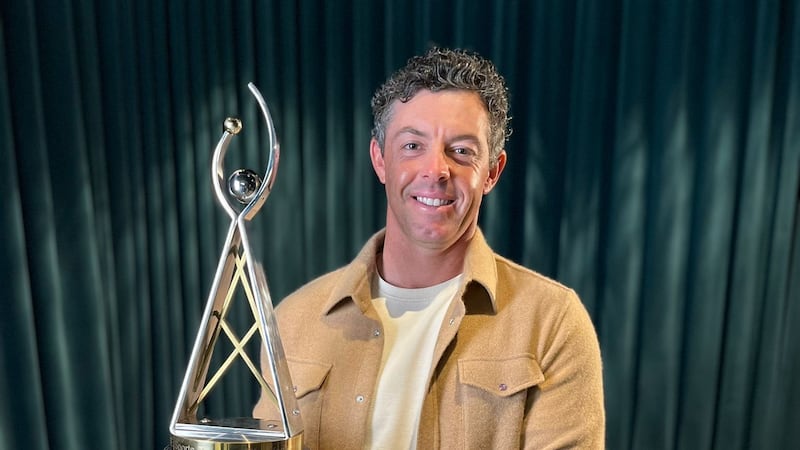Back in 1973, the Cork Examiner (as it then was) ran a story about an exciting tourist development planned for the coastal resort of Tragumna, south of Skibbereen.
It would involve building holiday cottages – eight to begin with – in the traditional Irish style, complete with whitewash and thatch, aimed at both domestic and foreign guests.
The developer, a man named Albert Bachmann, was confident of success. He predicted “a steady flow of visitors from Switzerland”, in particular.
In fact, as later transpired, what Bachmann had in mind was more like a flash flood of visitors from Switzerland. And not ordinary visitors either.
READ MORE
A senior officer in Swiss army intelligence, he was planning for the evacuation of his country’s government in the event of a Soviet attack: a pressing possibility then, he thought.
Bachmann had himself fallen for the charms of West Cork in the 1960s. But as the Cold War heated up, threatening nuclear apocalypse, he decided it would also be the safest place in Europe for a Swiss government in exile.
“Operation Edelweiss”, as he called it, also including buying Liss Ard house, a Victorian mansion which, pending the apocalypse, he opened as a hotel in 1978.
Bachmann’s zeal for ensuring Swiss national security was ultimately considered excessive by the authorities at home. First, there was the embarrassment of his surveillance operation in neighbouring Austria, the only country then standing between Switzerland and the Eastern Bloc.
Concerned that Austria’s defences were insufficiently rigorous to allow even the time for an orderly evacuation to Cork, Col Bachmann sent one of his top men, Lieut Kurt Schilling, on a spying mission.
Lieut Schilling’s arrest, after he had been noticed lurking around various barracks and command posts with a camera and binoculars, caused amused astonishment locally.
The Austrians, who must have doubted he was the full Schilling, called him “the spy who came in from the Emmenthaler” (a joke that probably works better in German). But when Bachmann’s involvement became known, he was dismissed and his secret plotting investigated.
Soon afterwards, a Berne newspaper revealed he had used 50,000 Swiss francs to buy Liss Ard as a nuclear retreat. It was also reported that the hotel’s cellars had been expanded and reinforced to store the vast gold reserves that the government-in-exile would bring with them.
By way of context, the Swiss press explained to readers that Bachmann saw Skibbereen as the “funk hole of Europe”. Although it now sounds like a dodgy night club with a resident James Brown tribute act, “Funk Hole” was an old war-time term for a place of refuge.
Thus, during the IRA border campaign of the 1950s, the Northern Ireland minister for home affairs, Walter Topping – himself a former lieutenant-colonel – described the whole of “Éire” as a “funk hole for fleeing gunmen”.
In any case, the Swiss government decided no such hole was necessary. But Bachmann was found guilty of little more than overzealousness. And he seems to have enjoyed his notoriety in being outed as what journalists called a “Swiss James Bond”.
His appearance at the height of the controversy suggested another English detective too. Visiting Liss Ard in 1981, this newspaper’s Dick Hogan described Bachmann as someone who “wears a Sherlock Holmes-type cape, has a moustache, and smokes a pipe”.
But challenged as to whether his West Cork evacuation plan was not a bit “mad”, he remained unapologetic. “You will see, young man, how mad it is when the Eastern Bloc attack[s],” he said.
Liss Ard has undergone several reinventions in the years since. The most recent, as I discovered during a fleeting visit this week, is an updated and more lavish version of what it started as, a country mansion, albeit one with paying guests.
The threat of Eastern Bloc attacks on Europe may be back in fashion, but for the moment the hotel is a retreat only from the stresses of modern life. Its nearest thing to a funk hole is James Turrell’s strangely calming “Irish Sky Garden”: a deep, grassy hollow wherein, when you lie on a stone bed in the centre and gaze upwards, the sky is framed by a green oval.
Also calming, for a daily columnist travelling through West Cork, is the Wifi, which may be an echo of the hotel’s futuristic past. Back in the 1970s, Liss Ard was said to have state-of-the-art computer facilities, far in advance of what was available in the rest of Ireland. Today, it has Elon Musk’s Starlink internet, a super-highspeed broadband much appreciated by the (low-speed) writer of An Irishman’s Diary, a column from whose deadlines there is no funk hole anywhere.













